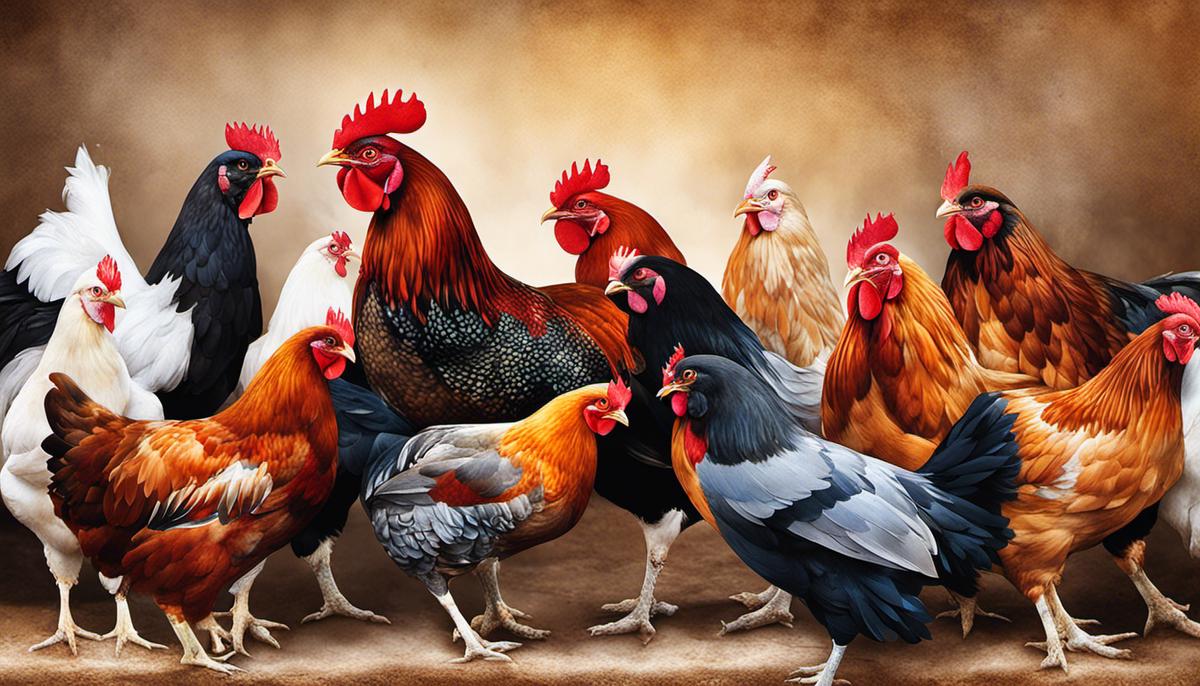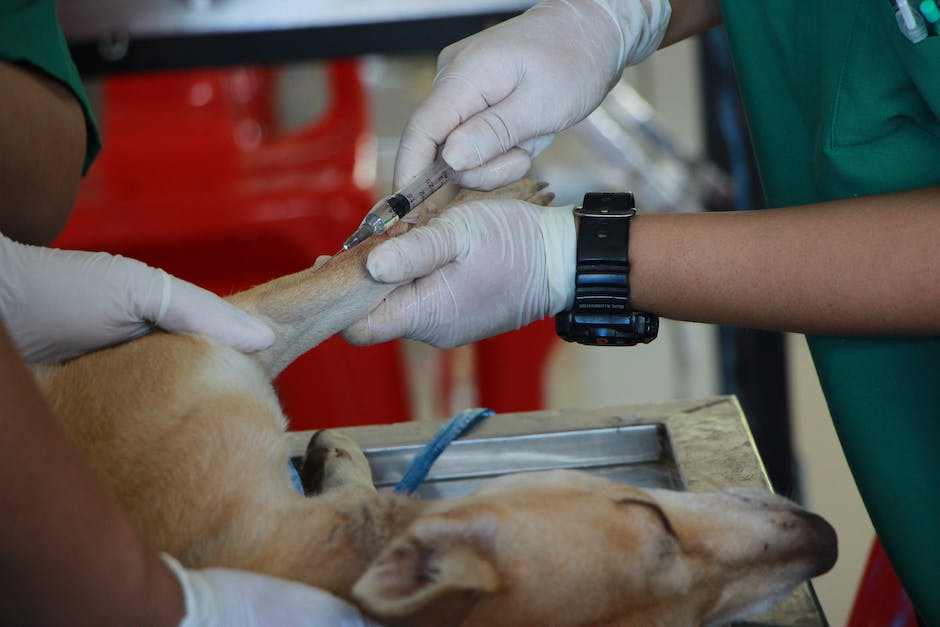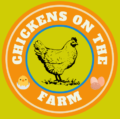Understanding chicken vaccination is more than just providing preventive measures for your poultry, it’s about fostering a healthy and productive farmyard environment. The world of chicken diseases can seem intricate and extensive, but comprehending how these diseases affect the health of your flock is a key ingredient to successful chicken-keeping. This guide aims to provide insights into various chicken diseases and how vaccinations combat them. In addition, we will delve into effective vaccination procedures that encompass appropriate handling, storage, and dosage practices. Finally, the guide will empower you to design a thorough and effective vaccination schedule tailored to your flock’s age and condition.
We will receive a commission if you purchase through our affiliate link at no extra cost to you. Please read our disclosure policy for more information.
Understanding Chicken Diseases
An Analysis of Common Poultry Diseases and the Efficacy of Vaccination
With chickens as the primary source of eggs and meat globally, the significance of poultry health has immense implications on food security and public health. Due to their close confinement in modern farming practices, chickens are prone to a variety of epidemics that can decimate flocks and threaten food supply. Fortunately, the development and application of vaccines have proven integral in the mitigation of these diseases.
The first on this roster of diseases is known as Avian Influenza, colloquially represented as the bird flu. Characterized by sudden death, decrease in egg production, respiratory distress, and diarrhea, this highly contagious viral disease can swiftly annihilate entire chicken populations. The H5 and H7 avian influenza vaccines are currently employed to stimulate immunity against Avian Influenza and proven effective in many cases.
Infectious Bronchitis, another notorious viral disease brought about by a coronavirus, is often seen manifesting in respiratory signs, reduced egg production, and inferior egg quality. Administration of Infectious Bronchitis vaccines through eye-drop, drinking water, or aerosol spray invigorates the chicken’s immune systems to combat this respiratory peril.
Another common affliction in chickens is Marek’s disease. This viral disease, caused by a herpesvirus, is distinguished by paralysis, irrational weight loss, tumors, and vision impairment. Although it is virtually impossible to completely eradicate the virus once present, the consistent use of Marek’s disease vaccines has shown a significant decrease in the prevalence of the disease.
Also high on the agenda of poultry diseases is Newcastle Disease, a viral infection that affects wild birds and domestic poultry alike. Its symptoms include gastrointestinal, respiratory and neurological disruptions. Researchers have developed both live and inactivated vaccines for Newcastle Disease, averting large scale mortalities and subsequent economic losses.
Finally, let’s focus on Infectious Bursal Disease, an infliction that targets the immune systems of chickens, making them susceptible to other diseases. The effects on the Bursa of Fabricius, the primary lymphoid tissue in birds, are so damaging oxygenation of the animal’s entire body is affected. Vaccines against Infectious Bursal Disease have proven successful, sparing many flocks from the near-certain mortality associated with this ailment.
In conclusion, the battle against poultry diseases is an exacting yet critical endeavour. Knowledge of these common diseases and the law of immunity has led to vaccination strategies that have effectively curbed their spread. These vaccines act to stimulate the chicken’s immune response, equipping them with a robust defence mechanism against the range of threats enumerated. The diligent implementation of such prophylactic measures provides assurance of the health of our poultry populations, contributing to a reliable and safe food source for society.

Proper Vaccination Procedures
Optimal Vaccination Strategies for Poultry: Securing the Health of our Feathered Friends
Across the globe, the health of chickens is of paramount importance, primarily due to their key role in providing primary nutrients for humans. While already elaborated are the critical afflictions such as Avian Influenza (Bird Flu), Infectious Bronchitis, Marek’s Disease, Newcastle Disease, and Infectious Bursal Disease, further exploration into best vaccination practices fortifies this dialogue.
Initiation of vaccination largely hinges on a careful observation of the chickens’ age, with distinct vaccination schedules adhered to for layers, breeders, and broilers. Administering Coccidiosis vaccine, typically to one-day old broilers, sets a crucial foundation. Following this, orientations towards vaccination against viral diseases like Gumboro and Newcastle Disease should ensue as early as the 7-14 day mark, encapsulating this narrow but decisive window of immune receptivity.
Intricacies continue then to the vaccination method applied, with prevalent strategies being the eye drop and spray methods, offering an array of advantages from precision to ease of application, minimizing distress for the birds. In comparison, where vast numbers necessitate, water vaccination or administration via feed prove equally effective. Irrespective of method, strict hygiene mandates echo across the discussion – sterilized equipment, clean water, and uncontaminated feed underpinning successful vaccination campaigns.
The environment’s role remains indispensable when considering vaccination plans. Utilization of environmental core sampling, a cutting-edge approach, helps identify and control outbreaks of disease, enabling a proactive approach towards immunization. Curtailing spread between flocks, spaces between vaccinations, and quarantine of newly added or diseased chickens, fortify chicken health overall while maximizing the vaccine impact.
Just like human vaccines, those for chickens are subject to cooling requirements to maintain their effectiveness. Optimal storage temperatures of between 2 to 7°C are thus crucial for maintaining vaccine potency. With this, transportation and handling too must mirror stringent temperature control, averting the negation of the vaccine’s positive characteristics.
Equally critical in achieving a successful vaccination plan is constant interaction and consultation with veterinary professionals. Their knowledge on regional disease prevalence, novel vaccines, and adjusted schedules based on flock size and growth rates ensures comprehensive protection against diseases and mortality.
Complexities surrounding chicken vaccination, while dauntless, offer a refreshing perspective on the role each plays in the grand scheme of poultry health. Ultimately, adherence to these Best Practice recommendations ensures robust immune defenses for our feathery counterparts, preserving the essential global source of nutrition they provide.

Developing a Vaccination Schedule
Building on the previous material, it is essential to understand additional crucial diseases and disorders, including Fowl Cholera, Fowl Pox and Fowl Typhoid. These conditions, although less popular, equally pose a significant threat to healthy poultry and can be mitigated with the proper execution of an effective vaccination schedule.
Fowl Cholera and Fowl Pox implicate grave mortality rates in flocks, causing marked economic losses. Vaccinations against these disorders are typically performed in water, by wing web, or through aerosol, depending on the manufacturer’s instructions and the age of the bird.
Moving on to Fowl Typhoid, it is noteworthy that the disease is prevalent in many parts of the world, causing critical economic losses. Vaccinations are necessary in such epidemic regions and should be conducted under the supervision of a competent Veterinarian. This ensures an appropriate, age-specific vaccination plan, which typically includes administering vaccines at around six to eight weeks of age.
Alongside this, a basic understanding of potential vaccine interactions is essential. Certain combinations of diverse vaccinations may lead to interference affecting the birds’ immune response, thus diminishing the effectiveness of some vaccines. For instance, administration of Infectious Bronchitis and Newcastle Disease vaccines concurrently may diminish the protective efficacy of the former. Hence, maintaining a well-regulated spacing between different vaccines promotes superior immunity.
Vaccination schedules necessitate modifications regarding geographic, climatic, and other environmental considerations. These variables heavily influence disease prevalence and consequently determine which vaccinations are prioritized. Lastly, it is suggested to routinely screen poultry for antibodies to measure the vaccine’s effectiveness accurately.
In conclusion, serious considerations in vaccine scheduling, such as careful selection and timing of vaccines (contingent to local factors), understanding vaccine interactions, and regular monitoring, can ensure an effective immune response in poultry, thereby sustaining and enhancing overall flock health. Notably, disease prevention via vaccination is an economically sound approach compared to treatment costs, noting that healthier birds result in more substantial yields, thus improving human nutrition and food security worldwide. Further development and advancements in vaccination research are indeed necessary and continue to be made, propelling the journey of unraveling a reciprocally beneficial relationship between humans and poultry.

Amidst the rigors and rewards of chicken-keeping, understanding and applying chicken vaccination practices is a crucial endeavor. Knowing about various chicken diseases, their impacts, and the vaccinations to counter them not only safeguards your flock’s health but also boosts overall productivity. Coupling this with practical vaccine administration procedures ensures that preventive measures are correctly and effectively applied. Furthermore, developing a personalized vaccination schedule for your flock fosters an organized and proactive approach to chicken health. By implementing these practices, you are creating a healthier, safer, and more productive environment for your chickens, helping ensure their wellbeing as well as the quality of the produce.




